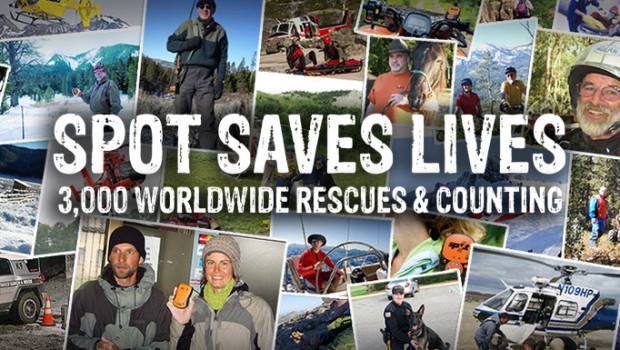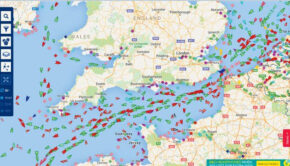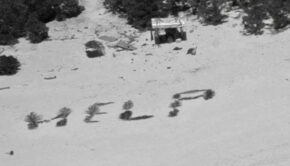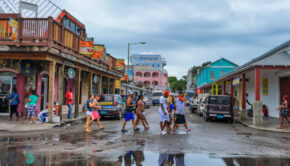Impact of Rescue Technology on Society
Published on May 7th, 2014
by Craig Leweck, Scuttlebutt
I am torn whether this announcement by SPOT LLC is good news, or whether it should provoke concern…
“SPOT Satellite Devices, a leader in satellite messaging and emergency notification technologies, announced on May 7, 2014 that its SPOT products have been used to initiate 3,000 rescues around the world since the technology’s launch in 2007. With over 200,000 SPOT units in service, the company is now averaging a rescue a day. SPOT provides an affordable and reliable satellite-based connectivity and real-time GPS tracking independent of cellular coverage.”
The top 5 rescue locations by country:
USA – 1540 (click here for rescues by state)
Canada – 828
Australia – 106
Colombia – 105
Mexico – 57
I assume that USA tops the list because the company is U.S. based, and thus there are likely more SPOT products in the USA.
SPOT gained notoriety in sailing circles when an entrant in the 2012 Newport to Ensenada race inexplicitly collided with the Coronado Islands during the night of the 125 nm race, destroying the Hunter 376 Aegean and killing the four people onboard. It was the SPOT tracker which led investigators to the location of the incident.
While this coastal race is hardly an “extreme event”, do devices like SPOT have us taking risks that we ourselves are not prepared to handle? While it is gratifying that technology provides this brilliant aid for rescue, does it lead people to overly rely on it too?
From the Press Release:
“Lifesaving rescues around the globe are now a daily occurrence for our SPOT products. SPOT is an absolute must for the outdoor recreation market and aviation, as well as an essential government and enterprise solution,” said Jay Monroe, CEO and Chairman of Globalstar, which owns SPOT LLC.
SPOT products offer users peace of mind by allowing them to track their assets, utilize location-based messaging and emergency notification technology and to make calls beyond the boundaries of cellular. SPOT products work around the world, including virtually all of the continental United States, Canada, Mexico, Europe and Australia, portions of South America, Northern Africa, North-Eastern Asia and thousands of miles offshore of these areas.”
Over the past seven years, boaters, hunters, recreational pilots, hikers, off-road travelers and outdoor enthusiasts have come to depend on the lifesaving capabilities of SPOT.
The 3,000th rescue recently occurred in the Hayman Fire area of Central Colorado. Two avid dirt bikers were outside of cell range when an accident occurred. One of the riders, Kevin, activated the SOS button on his SPOT Satellite GPS MessengerTM. The GEOS International Emergency Response Coordination Center was alerted and coordinated the rescue with local law enforcement. “SPOT worked really well. Without it, getting out would have been more difficult and time consuming and who knows what could have happened in that time. There were a lot of different variables involved,” said Kevin.
While the value of rescue technology in indisputable, we hosted a survey to ask two questions about its impact. Here was the result:
Do you think Rescue Technology has led to people taking more risks?
Yes – 48%
No – 52%
Do you think Rescue Technology has led to people becoming less self-reliant?
Yes – 63%
No – 37%
Click here for comments from survey participants.









 We’ll keep your information safe.
We’ll keep your information safe.